Allan Ramsay (original) (raw)
Allan Ramsay
Paintings
David Hume
Jean-Jacques Rousseau
King George III in coronation robes
Lady in a Pink Silk Dress
Mary Adam
Queen Charlotte with her Two Eldest Sons
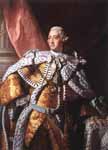
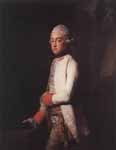 Prince George Augustus of Mecklenburg-Strelitz
Prince George Augustus of Mecklenburg-Strelitz
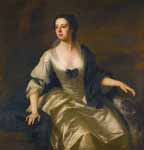
Portrait of Lady Hariot Vernon
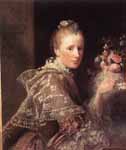
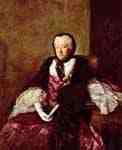
Portrait of Mary Atkins (Mrs. Martin)
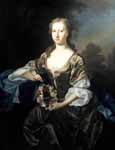
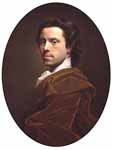
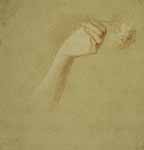
A Lady's Left Hand Holding a Rose
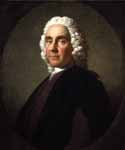
Alexander Monro of Auchenbowie ('Primus'), 1697 - 1767
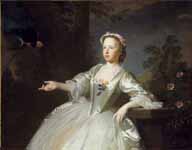
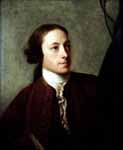
Horace Walpole, 4th Earl of Orford
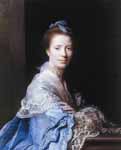
Jean Abercromby, Mrs Morison of Haddo
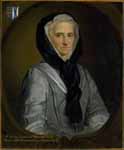
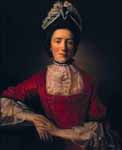
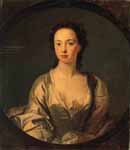
Portrait of a Lady, probably Henrietta, Lady Napier (d. 1745)
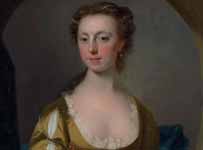
Portrait of a lady, traditionally identified as Mrs. Kitty Clive detail
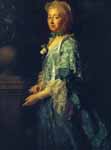
Portrait of Augusta of Saxe-Gotha as Dowager Princess of Wales
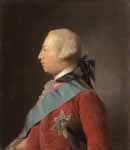
Portrait of George III of the United Kingdom (1738-1820)

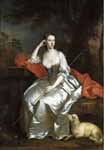
Portrait of Lady Jane Douglas, full-length, as a shepherdess seated in a landscape
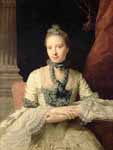
Portrait of Lady Susan Fox-Strangways (1742-1827)
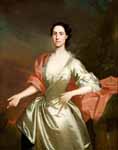
Portrait of Lady Susanna Cambell
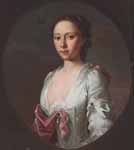
Portrait of Miss Christian Campbel
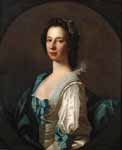
Portrait of Mrs Cambell; nee Susan Erskine of Menzies
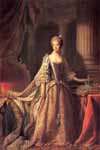
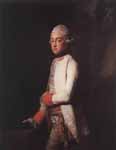
Prince George Augustus of Mecklenburg-Strelitz


Queen Charlotte with Two Children

Richard Grenville, 2nd Earl Temple
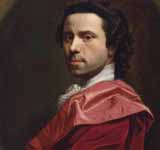

The Red Man 22nd Chief of Macleod
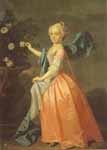
Portrait of Agnes Murray Kynnynmond
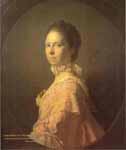
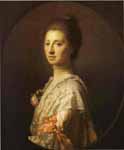
Portrait of Anne Bruce Mrs Bruce of Arnot

Portrait of Archibald Campbell 3rd Duke of Argyll
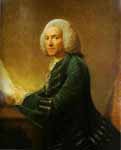
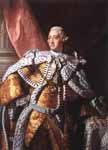
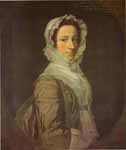
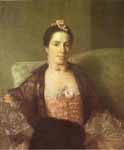
Portrait of Martha Countess of Elgin
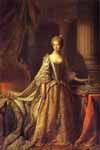
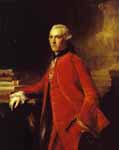
Portrait of William Colyear Viscount Milsington
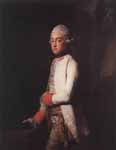
Prince George Augustus of Mecklenburg Strelitz
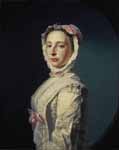
Anne Bayne, Mrs Allan Ramsay, d. 1743. Wife of the artist
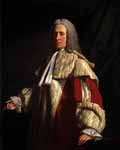
Archibald Campbell, 3rd Duke of Argyll, 1682 - 1761. Statesman
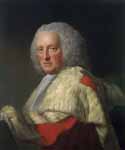
Archibald Campbell, 3rd Duke of Argyll, 1682 - 1761. Statesman


Elizabeth Cunyngham, Mrs Daniel Cunyngham
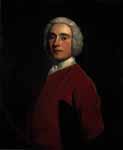
General James Murray, 1722 - 1794. Governor of Quebec and Minorca
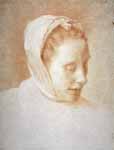
Head of Margaret Lindsay, the Artist's Second Wife, Looking Down
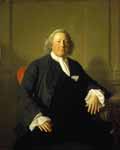
Hew Dalrymple, Lord Drummore, 1690 - 1755. Scottish judge
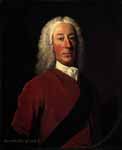
James Murray, 2nd Duke of Atholl, 1690 - 1764. Lord Privy Seal
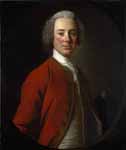
John Campbell, 4th Earl of Loudoun, 1705 - 1782. Soldier
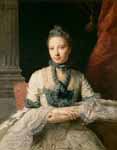
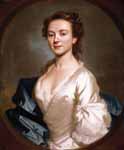
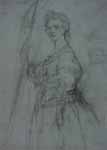
Flora Macdonald, 1722 - 1790. Jacobite heroine
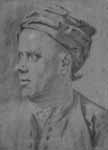
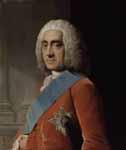
Philip Dormer Stanhope, 4th Earl of Chesterfield
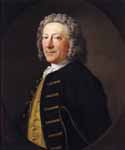

Portrait of John Prideaux Basset (1740-1756),
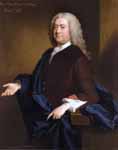
Portrait of Sir John Hynde Cotton, 3rd BT
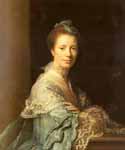
Portrait Of Jean Abercromby Mrs Morison
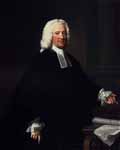
Robert Craigie, Lord Craigie, 1685-1766
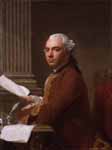
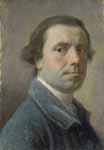
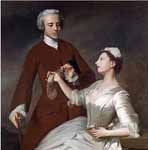
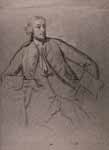
Study for the Portrait of Horace Walpole (later 4th Earl of Orford, 1717 - 1797)
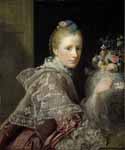
The Artist's Wife Margaret Lindsay of Evelick, c 1726 - 1782
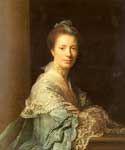
Portrait Of Jean Abercromby, Mrs Morison
Fine Art Prints | Greeting Cards | Phone Cases | Lifestyle | Face Masks | Men's , Women' Apparel | Home Decor | jigsaw puzzles | Notebooks | Tapestries | ...
David Hume
Allan Ramsay (13 October 1713 – 10 August 1784) was a prominent Scottish portrait-painter.
Life and career
Ramsay's first wife, Anne Bayne, by Ramsay
Allan Ramsay was born in Edinburgh, Scotland, the eldest son of Allan Ramsay, poet and author of The Gentle Shepherd. From the age of twenty he studied in London under the Swedish painter Hans Hysing, and at the St. Martin's Lane Academy; leaving in 1736 for Rome and Naples, where he worked for three years under Francesco Solimena and Imperiali (Francesco Fernandi).
On his return in 1738 to the British Isles, he first settled in Edinburgh, attracting attention by his head of Duncan Forbes of Culloden and his full-length portrait of the Duke of Argyll, later used on Royal Bank of Scotland banknotes.
He later moved to London, where he was employed by the Duke of Bridgewater. His pleasant manners and varied culture, not less than his artistic skill, contributed to render him popular. His only serious competitor was Thomas Hudson, with whom he shared a drapery painter, Joseph van Aken. In 1739 he married his first wife, Anne Bayne, the daughter of Alexander Bayne of Rires (c. 1684–1737), and Mary Carstairs (1695?–1759). None of their 3 children survived childhood, and Anne Ramsay died on 4 February 1743, giving birth to the youngest.
One of his drawing pupils was Margaret Lindsay, eldest daughter of Sir Alexander Lindsay of Evelick and Amelia Murray (granddaughter to David Murray, 5th Viscount of Stormont and sister to the naval officer John Lindsay). He later eloped with her and on 1 March 1752 they married in the Canongate Kirk, Edinburgh; her father never forgave her for marrying an artist. Ramsay already had to maintain a daughter from his previous marriage and his two surviving sisters, but told Sir Alexander that he could provide Margaret with an annual income of £100. He said it would increase ‘as my affairs increase, and I thank God, they are in a way of increasing’ and that his only motive for the marriage was ‘my love for your Daughter, who, I am sensible, is entitled to much more than ever I shall have to bestow upon her’.[1] Three children survived from their long and happy marriage, Amelia (1755–1813), Charlotte (1758–1818?), and John (1768–1845).
Ramsay and his new wife spent 1754–1757 together in Italy, going to Rome, Florence, Naples and Tivoli, researching, painting and drawing old masters, antiquities and archaeological sites. He earned income painting Grand Tourists' portraits. This and other trips to Italy involved more literary and antiquarian research than art. After their return, Ramsay in 1761 was appointed to succeed John Shackelton as Principal Painter in Ordinary to George III, beating Hudson to the post. The king commissioned so many royal portraits to be given to ambassadors and colonial governors, that Ramsay used the services of numerous assistants—of whom David Martin and Philip Reinagle are the best known.
He gave up painting in about 1770 to concentrate on literary pursuits. His health was shattered by an accidental dislocation of the right arm and his second wife's death in 1782. With unflinching pertinacity, he struggled until he had completed a likeness of the king upon which he was engaged at the time, and then started for his beloved Italy. He left a series of 50 royal portraits to be completed by his assistant Reinagle. For several years he lingered in the south, his constitution finally broken. He died at Dover on 10 August 1784
Art
Among his most satisfactory productions are some of his earlier ones, such as the full-length of the duke of Argyll, and the numerous bust-portraits of Scottish gentlemen and their ladies which he executed before settling in London. They are full of both grace and individuality; the features show excellent draughtsmanship; and the flesh-painting is firm and sound in method, though frequently tending a little to hardness and opacity. His full-length of Lady Mary Coke is remarkable for the skill and delicacy with which the white satin drapery is managed; while the portrait of his brown-eyed second wife Margaret, in the Scottish National Gallery, is described as having a sweetness and tenderness. The portrait of his wife also shows the influence of French art, which Ramsay incorporated into his work. The large collection of his sketches in the possession of the Royal Scottish Academy and the Board of Trustees, Edinburgh also show this French elegance and soft colours.
In a documentary broadcast by the BBC in February 2014, Ramsay was shown to be the artist who painted the lost portrait of Charles Edward Stuart in 1745, completed on the verge of his invasion of England.[2]
Paintings
Ramsay has paintings in the collection of a few British institutions including the National Gallery in London, Sheffield, Derby Art Gallery (attributed), Glasgow Museum and Newstead Abbey.[3]
Abolitionism and paintings of Queen Charlotte
According to Mario de Valdes y Cocom in 2009 on an edition of PBS Frontline, in several paintings of Queen Charlotte, Ramsay deliberately emphasised "mulatto features" which the queen supposedly inherited via descent from a 13th-century Moorish ancestor. [4] Valdes suggests that copies of these paintings were sent to the colonies to be used by abolitionists as a de facto support for their cause.[4]
Most historians question whether the 13th-century ancestor, referred to in various places as a 'Moor' and Berber, was black African. In any event, they contend that the connection, nine and 15 generations removed, was too distant to consider Charlotte 'black' in any cultural way, as her other ancestors were all European.[5]
Writings
A Dialogue on Taste 1762 ;(Kessinger Publishing 2009) ISBN 978-1-104-59212-7
References
Ramsay to Lindsay, 31 March 1752, A. Smart, Allan Ramsay: Painter, Essayist, and Man of the Enlightenment (1992), 96 n. 10
"Lost Bonnie Prince Charlie portrait found in Scotland". BBC News. 22 February 2014. Retrieved 23 February 2014.
Allan Ramsay, BBC; accessed August 2011.
"The blurred racial lines of famous families - Queen Charlotte". PBS. Retrieved 2012-09-26.
Stuart Jeffries, "Was this Britain's first black queen?" The Guardian, 12 March 2009
Public Domain This article incorporates text from a publication now in the public domain: Chisholm, Hugh, ed. (1911). Encyclopædia Britannica (11th ed.). Cambridge University Press.
----
Fine Art Prints | Greeting Cards | Phone Cases | Lifestyle | Face Masks | Men's , Women' Apparel | Home Decor | jigsaw puzzles | Notebooks | Tapestries | ...
----
Artist
A - B - C - D - E - F - G - H - I - J - K - L - M - N - O - P - Q - R - S - T - U - V - W - X - Y - Z
Retrieved from "http://en.wikipedia.org/"
All text is available under the terms of the GNU Free Documentation License






